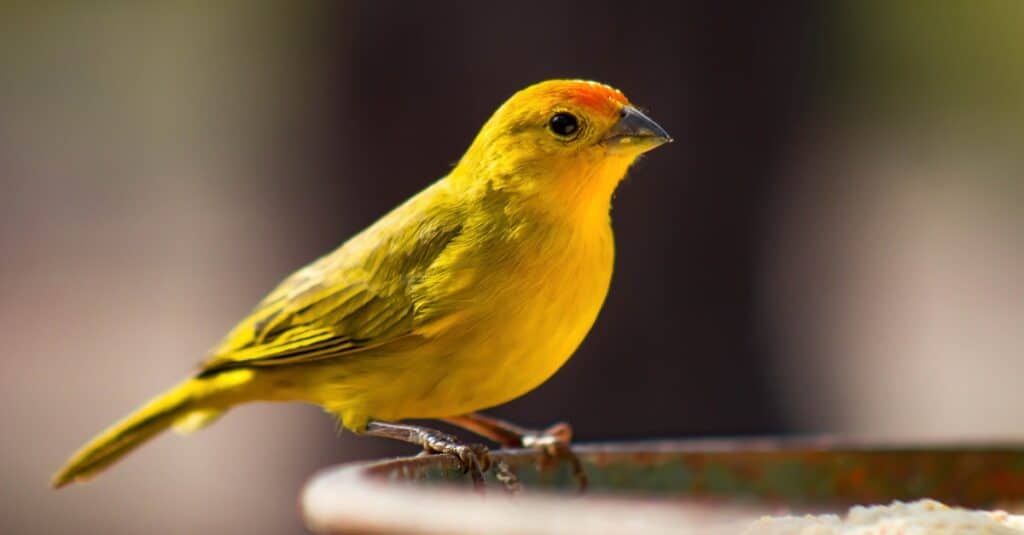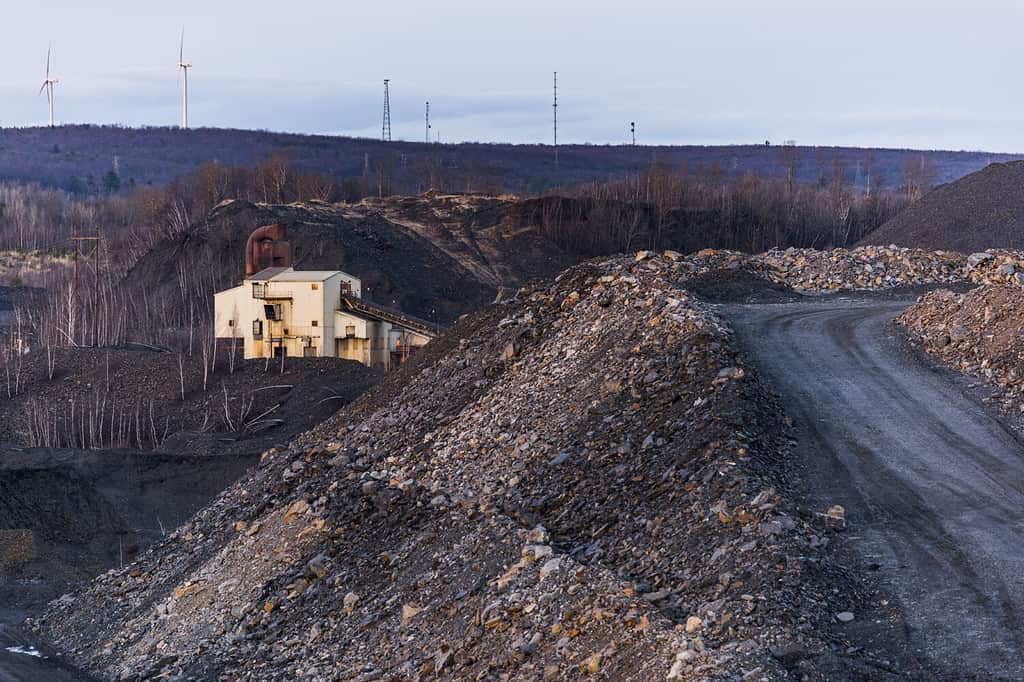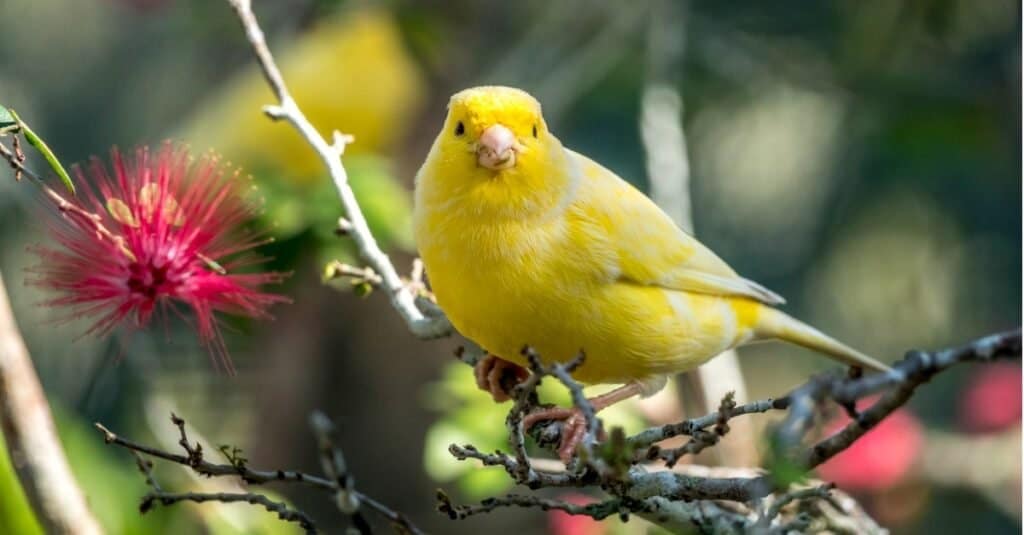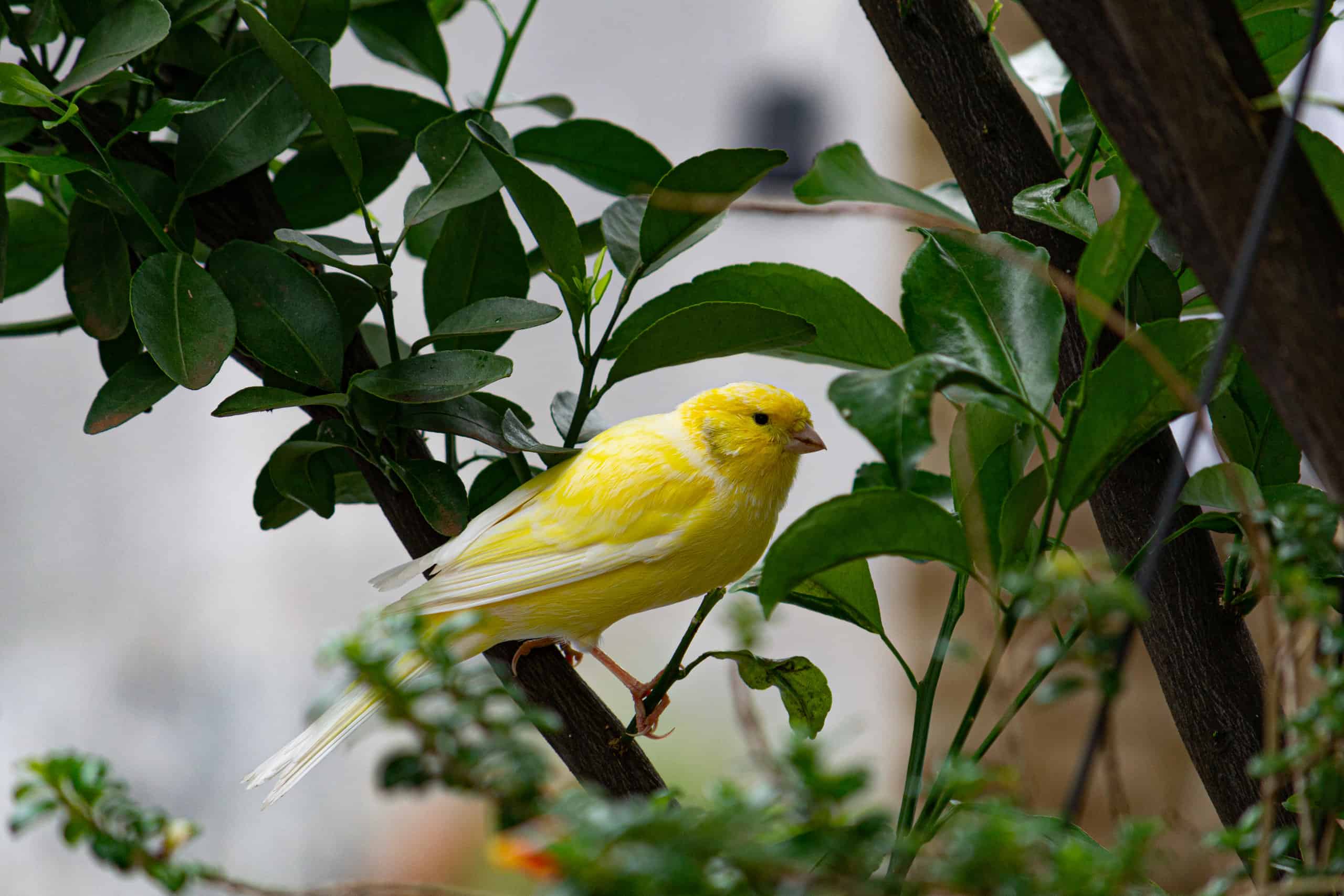We use countless sayings on a regular basis, with some more common than others. Many date back decades and even centuries, holding a lot of history behind them. You’ve likely heard the phrase “a canary in a coal mine,” but do you know what it means and where it originated?
When we’re referencing impending doom or threats of danger ahead, we might use this idiom to communicate that there’s someone — or something — at risk. Here’s the origin and meaning of “a canary in a coal mine,” as well as appropriate, real-life uses of the phrase.
Origins of “A Canary in a Coal Mine”
The sad story of the canary in a coal mine dates back to the nineteenth century when coal mining became more popular. Though an important industry, coal mining was a dangerous job. Deep mining exposed miners to poisonous gases like carbon monoxide, a deadly yet odorless and colorless gas — one that’s difficult to identify. In fact, if you experience carbon monoxide poisoning, you might even realize it until it’s too late.
This is precisely why coal miners would bring caged canaries into mines with them. When exposed to carbon monoxide, canaries almost immediately show signs of distress. Their deteriorating health (and often even death) acted as a warning sign to minors that the area was dangerous to explore. In other words, miners used canaries to detect poisonous gases, as the birds would die well before a miner.
Early in the 1900s, rescue teams used canaries to find miners after explosions or industrial accidents. This became commonplace by 1926, but later that year, a man named Dugald Macintyre rendered the act deplorable. He argued that science should allow for a better solution than killing a bird to save human lives. Still, miners used canaries as carbon monoxide detectors until 1996, when British legislation demanded that miners use electronic sensors. Miners expressed grief regarding the decision, as they said the birds provided more than just reassurance of safe air — they became companions.

In mining, canaries were used to detect toxic gases in the air.
©Taleon Diegues/Shutterstock.com
Today, we use the phrase “a canary in a coal mine” to reference potential danger ahead. Because canaries represented the risk of poisonous gas, the saying symbolizes other risks and threats in everyday life. This might be something serious like a bad omen or simply an intuitive gut feeling about a specific person. The canary, however, is the “bait” used to determine the severity of the situation.
Examples of Everyday Use
You can use “a canary in a coal mine” in many different scenarios. Here are a few examples of when it’s an appropriate or relevant phrase.
- You work in a toxic environment with a rude boss. You and all your coworkers feel you are overworked and underpaid, but you’re too afraid to express your discontent or ask for a raise. One of you, however, offers to take one for the team. He gathers the courage and approaches your boss. You deem him the “canary in a coal mine” because, if things go south, he will be the one to take on the wrath of your manager. If all is well, then the rest of the workplace can follow suit, and demand raises as well.
- You go out to eat with a group of friends and order a new menu item. The waitress brings out a platter of food that looks unlike anything you’ve seen before, but you’ve always been one to experiment with new food. Your friends will not be the first to try it, however. They label you the “canary in a coal mine” and ask you to do a taste test. That way, if it’s completely disgusting or poses a health risk, you will be the one who has to suffer. And if it ends up being a delicious appetizer, they can savor the dish along with you.
We might also use this idiom to reference more serious dangers, such as global issues like climate change. For example, many liken butterflies to canaries in a coal mine, as they are often the first to suffer when the environment suffers. They act as a warning to humanity that climate change will eventually harm us all.
Additionally, many will say that highly sensitive people (HSPs) are canaries in coal mines due to their ability to sense danger better than others. Sensitive individuals are more affected by shifts in energy and can often “read the room” or pick up on signals and small gestures others cannot. They feel this deeply, meaning they could begin to experience anxiety or distress before the danger actually comes.

In the phrase “canary in a coal mine,” the coal mine acts as a potentially dangerous/threatening situation.
©The American Explorer/Shutterstock.com
What Is a Useful Way to Illustrate the Phrase “A Canary in a Coal Mine?”
No one wants to be the canary in a given situation. Bearing this in mind, there are some productive ways to use this phrase in everyday life. For example, to stress the potential risks associated with a choice or circumstance, say, “I don’t want to be a canary in a coal mine.” You can also ask others, “Do you want to be a canary in a coal mine?”
This might make those around you think before proceeding into danger.
Another helpful use of this idiom is to reference it after the fact. For a less-serious example, my brothers used to encourage me to ask my dad whether we could have an extra serving of dessert as kids. Because I was the youngest and only daughter, they knew he would likely say yes to me. (He usually did). After the fact, they’d label me the canary in a coal mine who passed the test. They’d then go ahead and request extra dessert, too, knowing my dad would give it to them.
Additionally, as noted earlier, many will use the idiom to highlight the severity of a specific issue like climate change. By referencing the canary in the coal mine, we can better consider how significant the environmental impacts are on wildlife.

The yellow canary is one of the most popular domestic birds.
©iStock.com/johnandersonphoto
A Real-Life Example From Reddit
Three months ago, a Reddit post titled “A Canary in a Coal Mine” received a lot of attention. The writer shared a story about two friends/classmates and a librarian entering an old library. As they’re studying, one student, Melvin, tells his friend, Garrett, about the history of coal miners using canaries to detect toxic air.
While he’s listening to the story and empathizing with the birds, Garret begins wheezing and hyperventilating, essentially panting for air. Upon seeing this, the librarian rushes over to Garrett and instructs everyone else to leave the library immediately.
“Good work, Melvin,” the librarian told Melvin, handing him cash.
Melvin replied, “I told you bringing him here would be cheaper than doing an asbestos test on the building … Who better to test the air quality than one of the most sensitive asthmatics I know?”
What Are the Possible Pros and Cons?
Using the phrase “a canary in a coal mine” might be appropriate and even funny in some situations. It might also be helpful at times, especially when discussing an important issue that no one else seems to take seriously. However, there are times when it might not be a good idea to reference the phrase, especially in a situation where you might come across as insensitive.
Here are the possible pros and cons of using the idiom “a canary in a coal mine”:
Pros:
- It can act as a necessary warning sign that danger lies ahead, protecting those who might otherwise have been affected.
- It can highlight the severity of a situation and encourage people to reconsider their actions.
Cons
- It can be insensitive to use in certain circumstances, especially if the “canary” in the situation was seriously harmed or worse.
- It might cause unnecessary worry or fear if used during an inappropriate time.

Canaries are known for their gorgeous singing abilities.
©Yulia 0606/Shutterstock.com
Thank you for reading! Have some feedback for us? Contact the AZ Animals editorial team.








